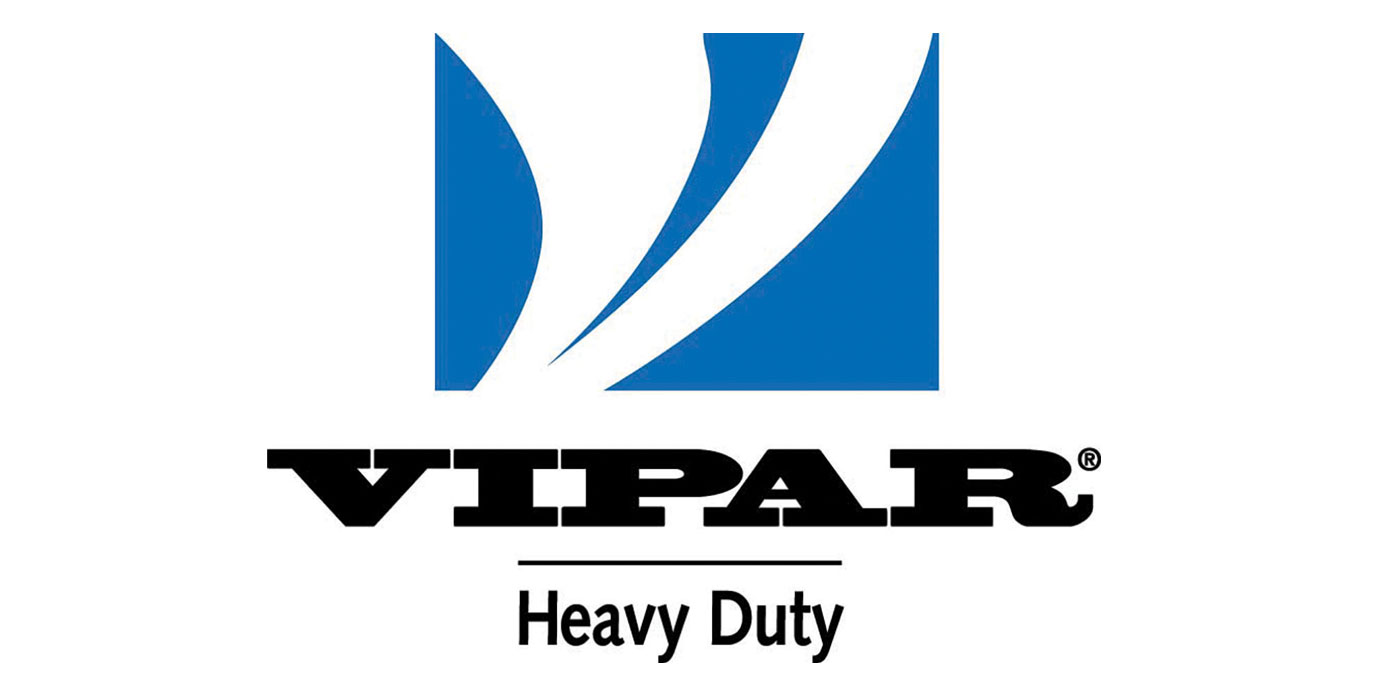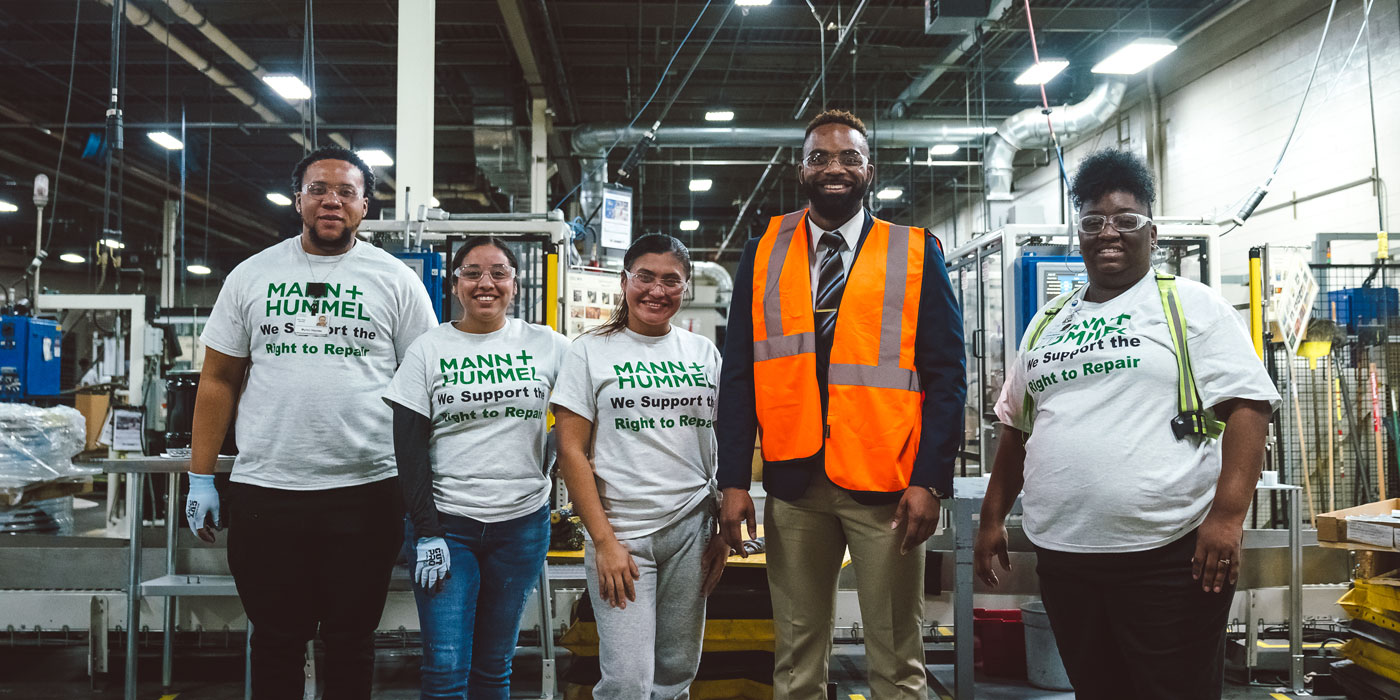
The average age of light vehicles in operation (VIO) in the United States has risen to 11.8 years, up from 11.7 years in 2018, according to new research from IHS Markit.
From 2002-2007, the average age of light vehicles increased by 3.5%. In the wake of the Great Recession, however, the increase accelerated. From 2008-2013, the average age of light vehicles increased by 12.2%.
Over the last five years, the increase has returned to its more traditional rate – aging by 4% over this time period, according to IHS Markit.
“Better technology and overall vehicle-quality improvements continue to be key drivers of the rising average vehicle age over time,” said Mark Seng, director, global automotive aftermarket practice at IHS Markit. “The 40% drop in new-vehicle sales due to the recession created an acceleration in average age like we’ve never seen before. In the last couple of years, however, average age has returned to its more traditional rate of increase.”
Light vehicles in operation in the United States have reached a record level of more than 278 million, according to the analysis – an increase of more than 5.9 million (2.2%) since 2018. This represents one of the highest annual increases the U.S. auto industry has seen since IHS Markit began tracking VIO growth – second only to the 2.3% growth in 2016.
“The increasing VIO fleet is providing a robust new business pipeline for the aftermarket,” said Seng. “A larger fleet means more service and repair opportunities in the future.”
Age of Car Parc Varies by Region
For the first time, IHS Markit’s analysis included a review of various regions around the country. The oldest light vehicles are found in the West at 12.4 years, while the youngest are found in the Northeast at 10.9 years.
In addition, the light-vehicle fleet is not aging at the same rate across regions. In the West, light vehicles increased 1.5% from 2018-2019, while in the Midwest, they aged by just 0.4%. The state of Montana has the oldest average age, with light vehicles averaging 16.6 years. The youngest average age is in Vermont, where the average age of light vehicles is 9.9 years.
Because of the growth in popularity of light trucks – including CUVs/SUVs – vehicle age in United States also is increasing at different rates across vehicle segments. From 2018-2019, the average age of passenger cars increased 2.2%, while light trucks aged at a rate of just 0.1%.
Sweet Spot Getting Wider
The average-age growth of the vehicle fleet will bring new opportunities for the automotive aftermarket, according to the analysis. The shift among various age categories continues to be a closely monitored measure, as it is important to those who manage inventories of required parts and plan for sales and service activity accordingly.
According to IHS Markit, the shifting dynamic of the age of vehicles in operation indicates the volumes of vehicles in the new to five-year-old category will grow 2% from 2018-2023, while vehicles in the 6- to 11-year-old-range will grow 27%. This is a very positive trend for the independent aftermarket, as it points to a growing repair “sweet spot” – or growth in the vehicles that drive the most repair opportunities. In contrast, vehicles 12 to 15 years old will decline 27% over the same time period, according to IHS Markit.
“While the decrease in light vehicles 12 to 15 years of age looks alarming, it relates to the drop in sales due to the recession,” said Seng. “There is simply a lack of 2008 and 2009 model-year vehicles due to the lower sales numbers during that timeframe. Even the model years from early in the recovery are lower in number. This disruption simply needs time to work its way through the fleet.”
For the aftermarket repair industry, however, there also is a positive trend with the oldest light vehicles on the road. These older cars and light trucks are growing very fast – with vehicles 16 years and older expected to grow 22% from 2018-2023, reaching 84 million units in 2023. In contrast, there were fewer than 35 million of these older vehicles on the road in 2002.
“The aging fleet is a great trend for aftermarket companies focused on repairing the vehicles on the road today and into the future,” IHS Markit said in a news release. “However, the industry must understand how the trend will impact those service opportunities. Rather than selling to the first or second owner of the vehicle, it might be a third, fourth or fifth owner. Branding and pricing strategies for good, better and best products and services will become more important as the consumers will decide how much they are willing to pay for a needed repair based on the age of their vehicle.”









